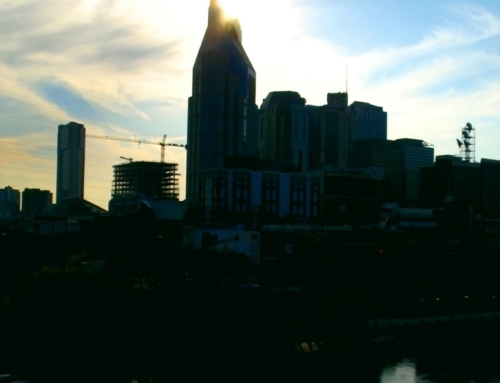On June 27, the U.S. Supreme Court delivered two opinions on the display of the Ten Commandments that all sides found wanting. It said it was okay to put a 6-foot granite replica of the Ten Commandments on public land in Texas, but it was not okay to put framed copies of the Ten Commandments in a Kentucky courtroom. The high court split 5-4 in both decisions.
In the very building where the Supreme Court said there could be no display of the Ten Commandments in the Kentucky courtroom, there is a frieze of the Ten Commandments. But because the context was seen as making an historical statement, it was not considered problematic. The question boils down to whether the message is seen as a government endorsement of religion.
Justice Antonin Scalia expressed exasperation with the majority opinion’s inconsistency. He noted that the Supreme Court opens each session with a prayer, and that the inaugural oath closes with “so help me God.” He wondered, then, how the Supreme Court could possibly mandate governmental neutrality?
In the Texas case, there was a statue of the Ten Commandments that was donated by a private group and placed on grounds outside the state capitol in Austin. Writing for the majority, Chief Justice William Rehnquist said “of course” the Ten Commandments are religious. But, he said, “Simply having religious content or promoting a message consistent with a religious doctrine does not run afoul of the Establishment clause.”
The split decision didn’t please either side in this debate, and the fact that the justices failed to divine an operating principle upon which these decisions can be made only ensures further controversy. For the past half-century, Supreme Court justices have issued more contradictory and confusing opinions on the public expression of religion than on almost any other area of constitutional law. Their latest contribution is illustrative of the conundrum.






